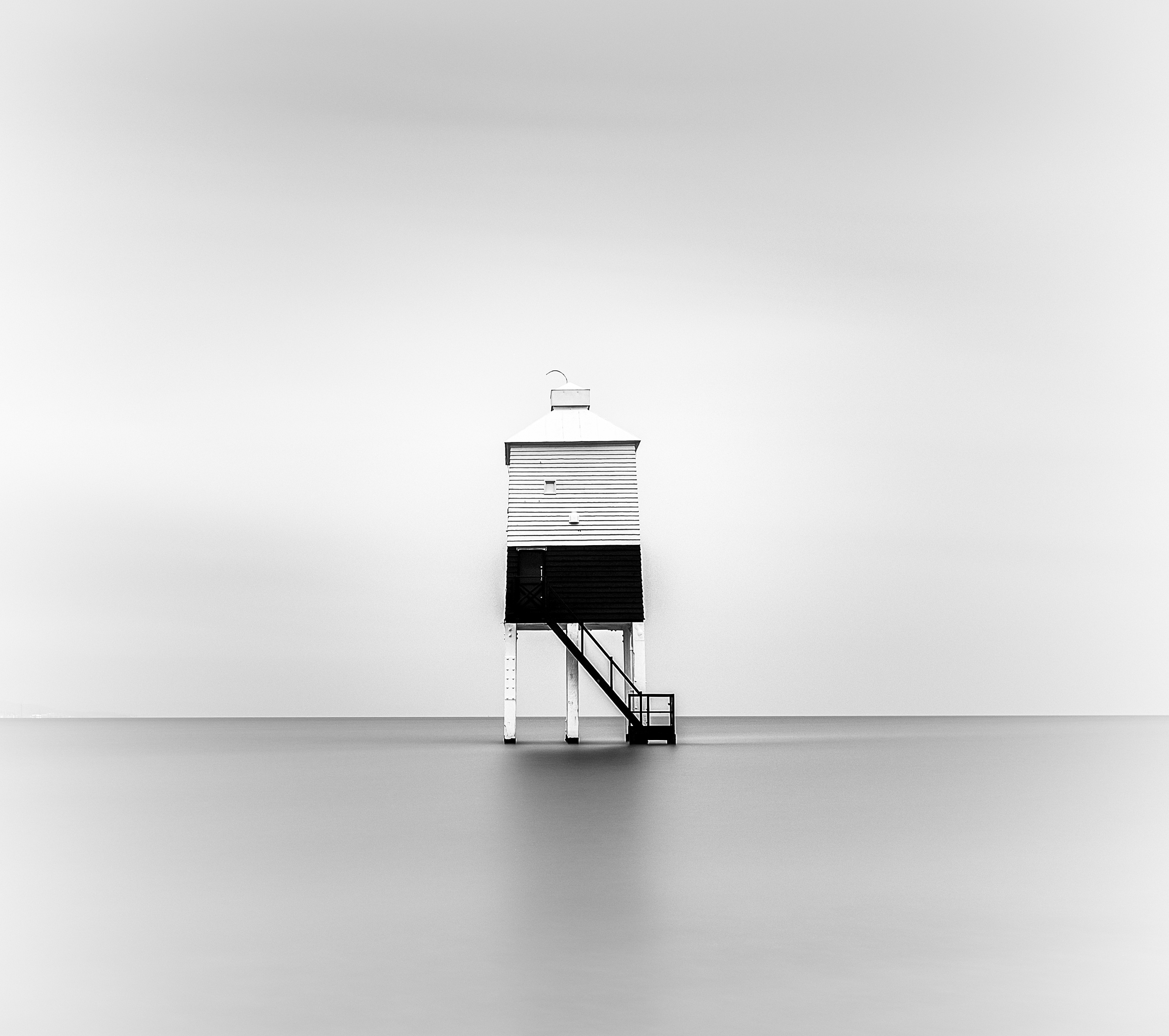Welcome to the website of

ABOUT ME
I am an enthusiastic award-winning amateur photographer based in the South-West of England with a real drive for creating a broad range of images.
I've been taking pictures for most of my adult life, but over the last 10 years or so I've started to consider myself a photographer in the artistic sense of the word.
Read more about me


